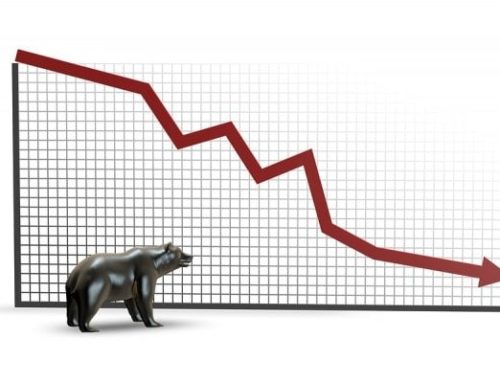Nominal Return vs. Real Return

Image source: iStock ©Perry1121
If you’re like most people, you probably want to know what return of return you might expect before you invest. But to translate a given rate of return into actual income, or growth potential, you will need to understand the difference between nominal return, and real return. That difference can affect your ability to achieve financial goals.
Let’s say you have a certificate of deposit (CD) that’s about to expire. The yield on the new five-year CD that you’re considering is 1.5%. It’s not that great, but it’s better than the 0.85% offered by a five-year Treasury note.
Inflation and Taxes
But that 1.5% is the CD’s nominal rate of return; it doesn’t account for inflation or taxes. If you are in the 28% federal tax bracket, roughly 0.42% of that 1.5% will be gobbled up by federal taxes on the interest. OK, you say, that still leaves an interest rate of 1.08%… at least you’re earning something.
However, you’ve also got to consider the purchasing power of the interest that the CD pays. Even when inflation is low, it still affects your purchasing power, especially over time. Now, adjust your 1.08% after-tax return for inflation, (about 1% these days), and suddenly you’re barely breaking even.
What You’re Really Earning
The small amount that’s left after accounting for inflation and taxes is called your real return…that’s what you’re really earning in actual purchasing power. If the nominal return is low enough, the real return can be negative, depending on your tax bracket and the level of inflation. You need to understand what you’re really earning, determine your appetite for risk, and possibly invest in securities that tend to keep pace with inflation.
If you’re wondering what these might be, please call me for a short no-obligation discussion.








Leave A Comment
You must be logged in to post a comment.